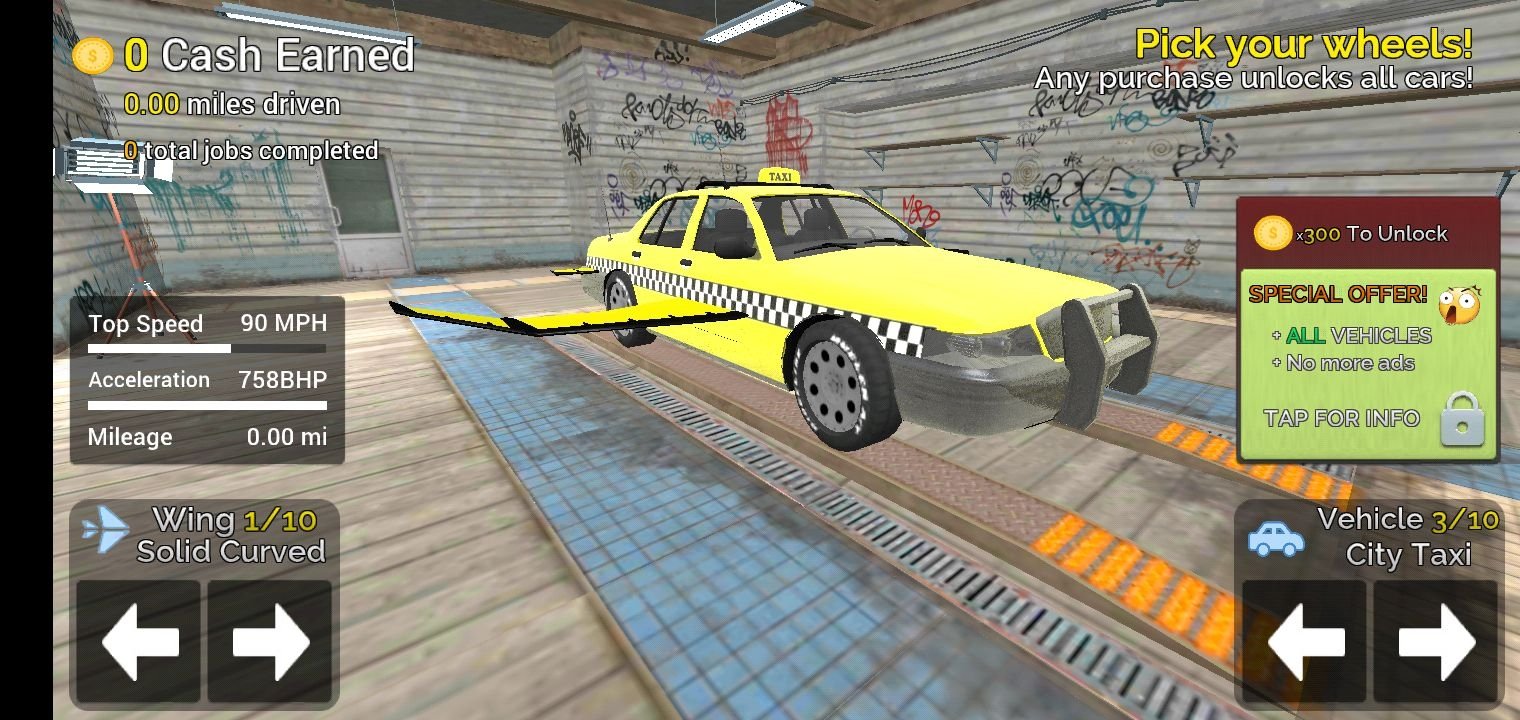

Once the technology matures, autonomous vehicles are predicted to impact the automotive industry, health, welfare, urban planning, traffic, insurance, labor market, and other fields. Based on the model, the car then identifies an appropriate navigation path and strategies for managing traffic controls (stop signs, etc.) and obstacles.

Control systems interpret sensory information to create a three-dimensional model of the vehicle's surroundings. Self-driving cars use sensors to perceive their surroundings, such as optical and thermographic cameras, radar, lidar, ultrasound/ sonar, GPS, odometry and inertial measurement units. A self-driving car, also known as an autonomous car, driver-less car, or robotic car ( robo-car), is a car that is capable of traveling without human input.


 0 kommentar(er)
0 kommentar(er)
